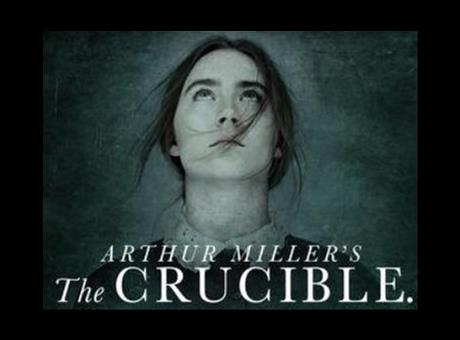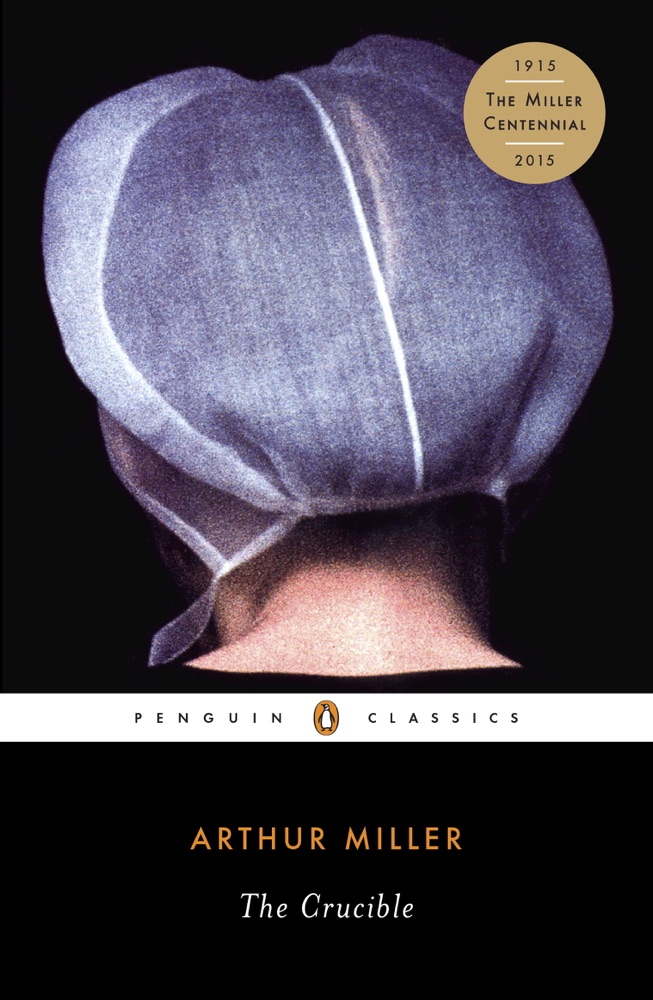

The remainder of Act One is set in the attic of local preacher Reverend Samuel Parris. The narrator speculates that the lack of civil liberties, isolation from civilization, and lack of stability in the colony caused latent internal tensions which would contribute to the events depicted in the play. The opening narration explains the context of Salem and the Puritan colonists of Massachusetts, which the narrator depicts as an isolated theocratic society in constant conflict with Native Americans. It is regarded as a central work in the canon of American drama.

A year later a new production succeeded and the play became a classic. The production won the 1953 Tony Award for Best Play. Miller felt that this production was too stylized and cold, and the reviews for it were largely hostile (although The New York Times noted "a powerful play driving performance"). Marshall, Beatrice Straight and Madeleine Sherwood. The play was first performed at the Martin Beck Theatre on Broadway on January 22, 1953, starring E. Miller was questioned by the House of Representatives' Committee on Un-American Activities in 1956 and convicted of contempt of Congress for refusing to identify others present at meetings he had attended. Miller wrote the play as an allegory for McCarthyism, when the United States government persecuted people accused of being communists. It is a dramatized and partially fictionalized story of the Salem witch trials that took place in the Massachusetts Bay Colony during 1692–93. The Crucible is a 1953 play by American playwright Arthur Miller.


 0 kommentar(er)
0 kommentar(er)
